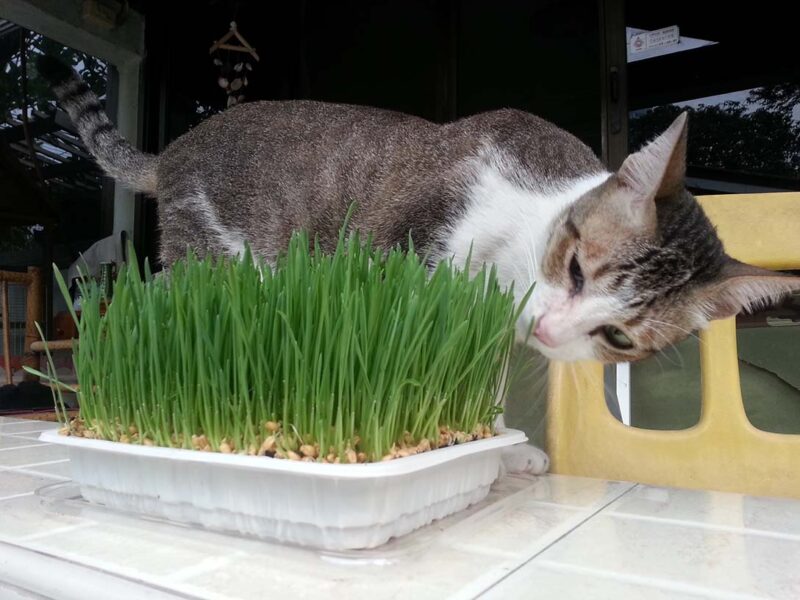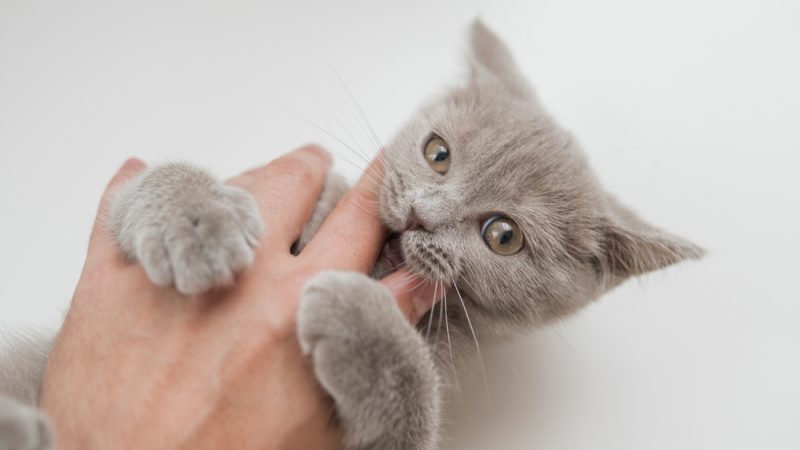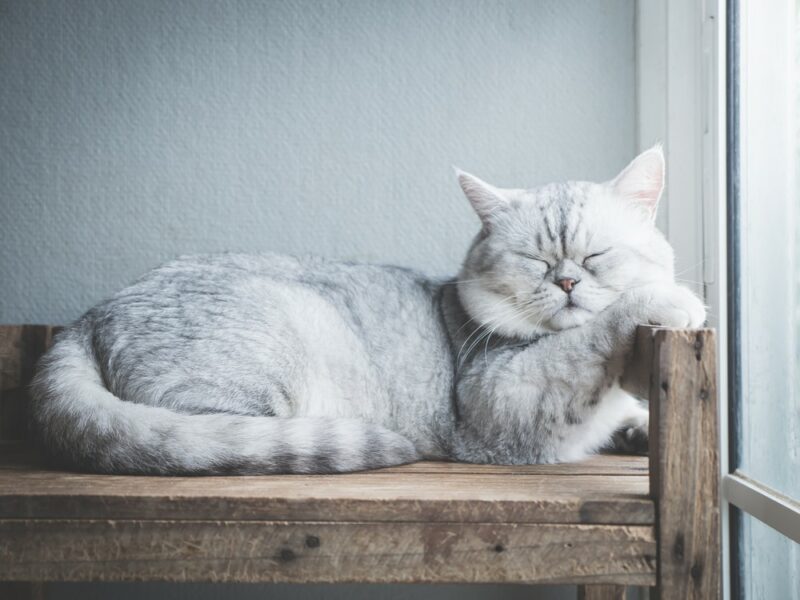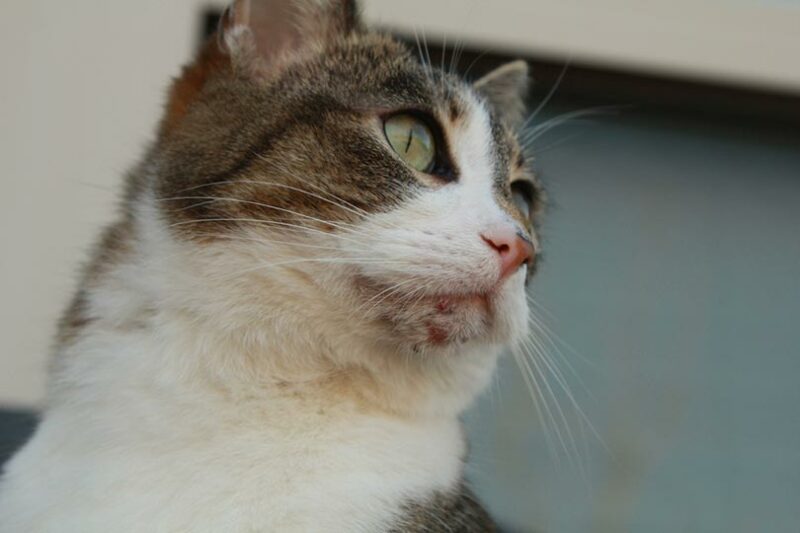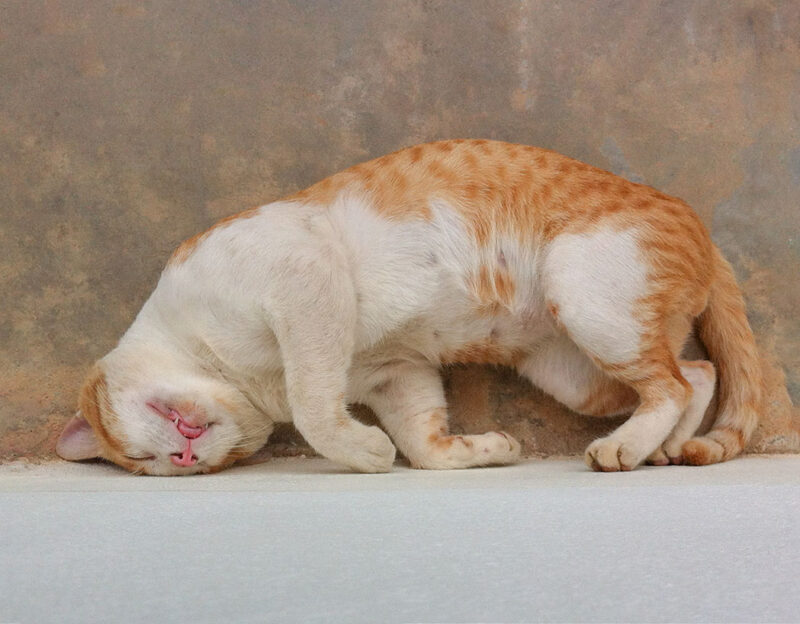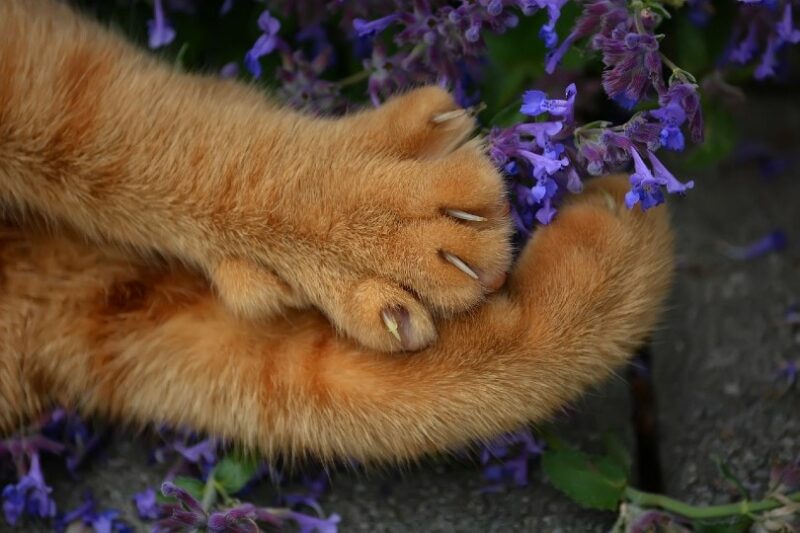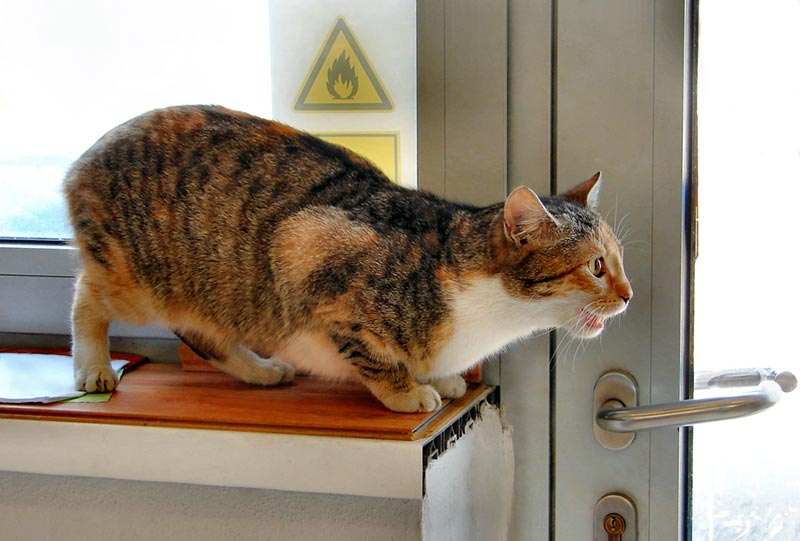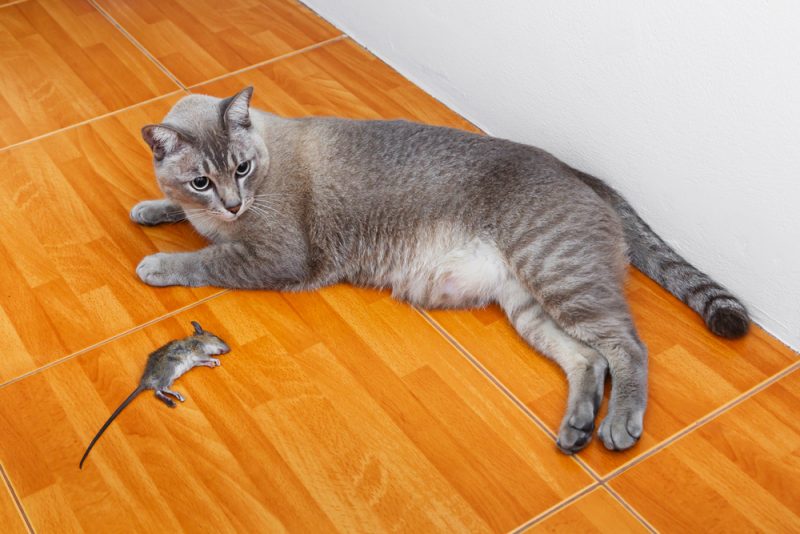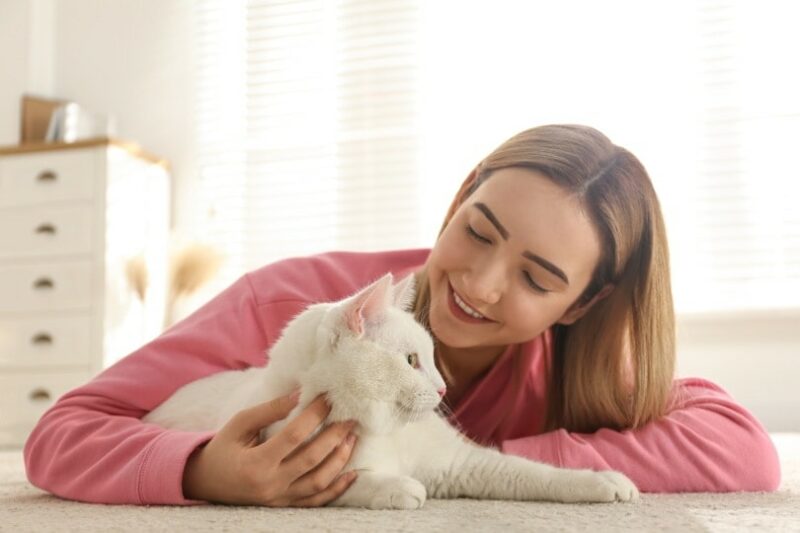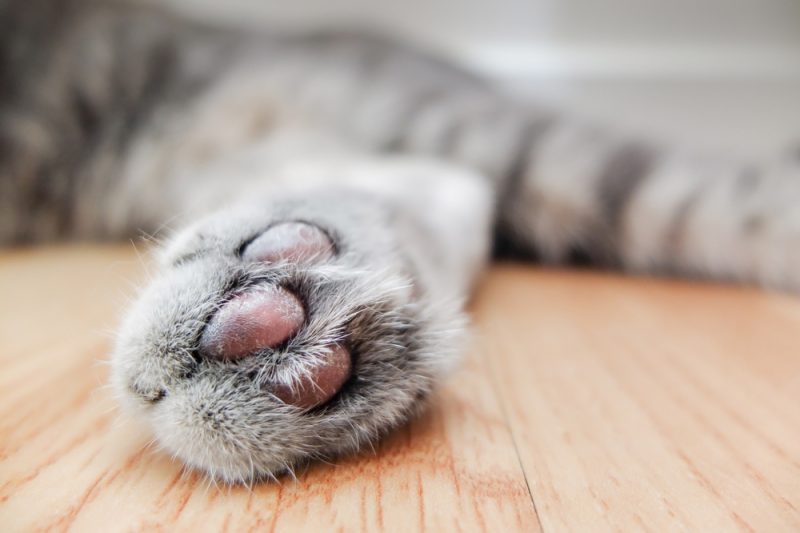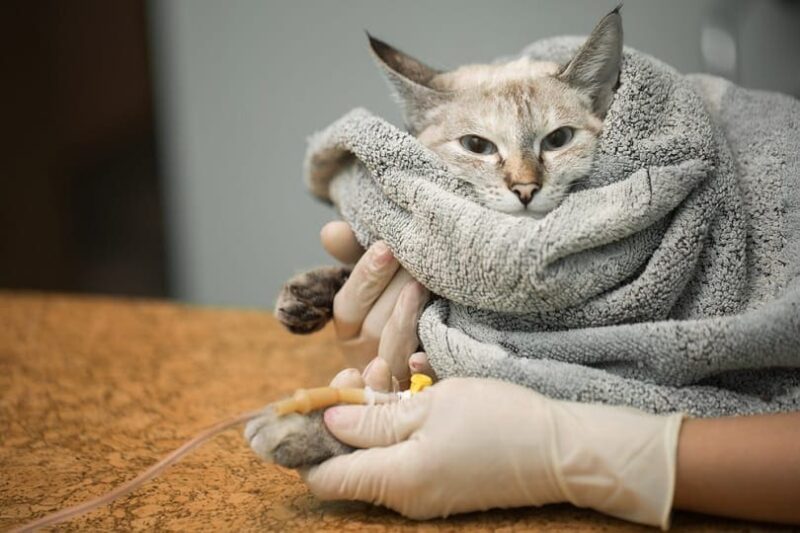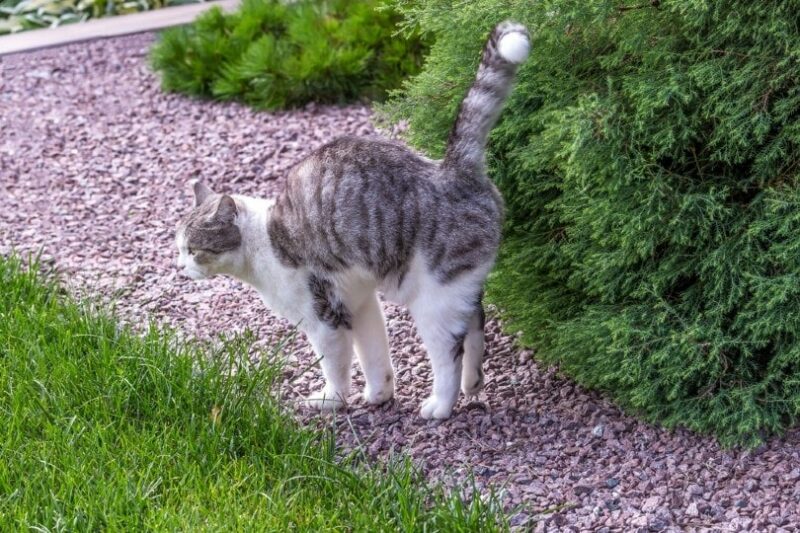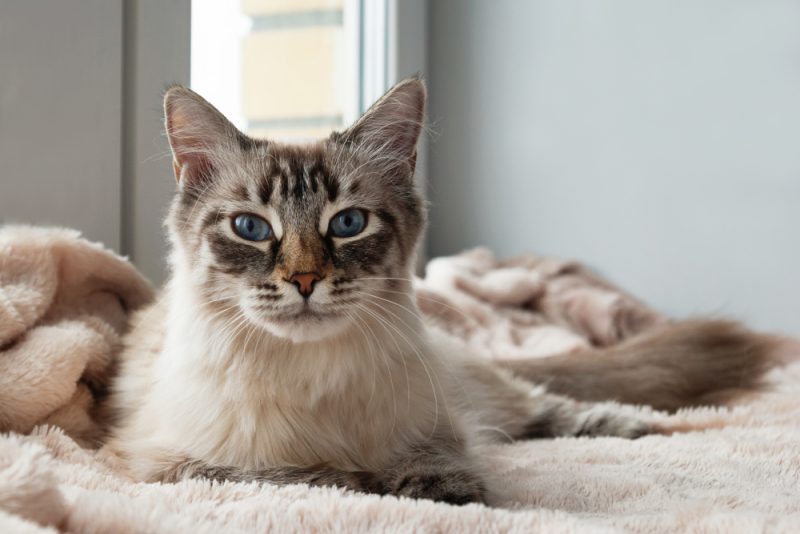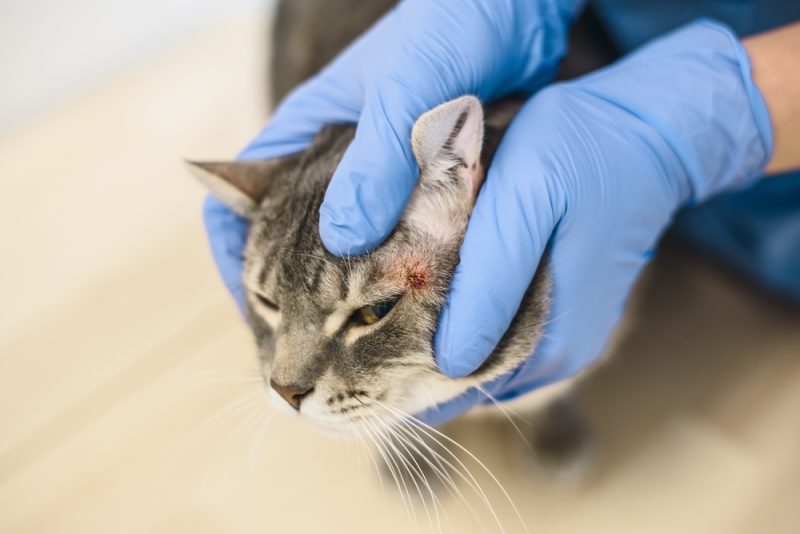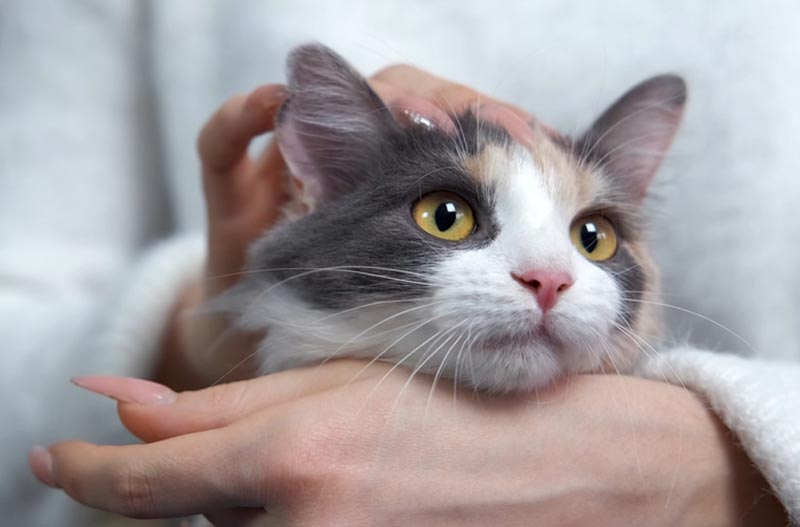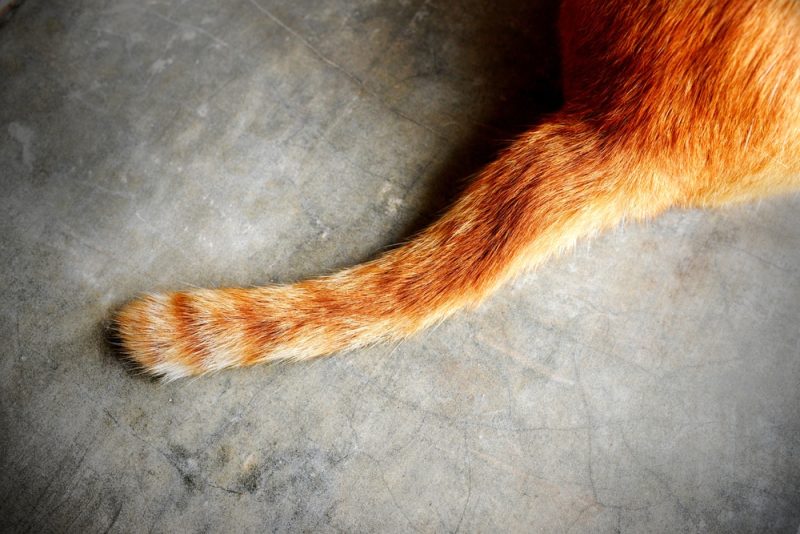Many cat owners like to grow cat grass for their cats. It adds essential fiber to your cat’s diet, which can prevent the formation of hairballs and help your cat’s digestive system function at its best. The types of grasses that you’ll find vary depending on the brand you buy, but they’ll typically include barley, flax, oats, wheat, and rye.
You might like the sound of cat grass but be less keen on having pots of soil around the house that your cat can dig into, making a mess. The good news is that you can grow cat grass without any soil! You can use two methods to grow cat grass at home without soil, and we’ve outlined them in these step-by-step guides.
How to Grow Cat Grass Without Soil
Method 1: Using grow stones
Grow stones are made from natural clay and offer a suitable soil-free surface for your cat grass.
- Glass jar
- Grow stones
- Paper towels or a coffee filter
- Cat grass seeds
- Filtered water
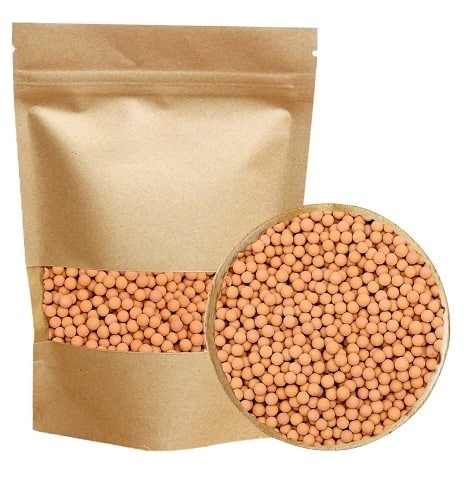
- Step 1:
Fill your glass jar ¾ full with grow stones.
- Step 2:
Place two paper towels or one coffee filter on top of the grow stones, cutting them to fit the size of your jar if necessary.
- Step 3:
Sprinkle a thin layer of the cat grass seeds on the top of the paper towel or coffee filter.
- Step 4:
Fill the jar with filtered water until the top layer touches the paper towel or filter, making the seeds damp but not waterlogged.
- Step 5:
Top up the level of the water each day.
- Step 6:
After 3–5 days, you should notice the seeds beginning to sprout. By day 10, the cat grass should be ready for your cat to eat! At this point, you can allow the water level to drop a little since the roots should be established. Make sure the water touches the roots.
- Step 7:
Refresh the water once per week, and as your cat starts to eat all the grass, plant a new jar and start the cycle again!
Method 2: Using water beads
Water beads absorb and hold water, with the added benefit of coming in several colors and sizes. You can create an eye-catching display while offering yummy cat grass for your felines to enjoy.
- Glass jar
- Water beads
- Paper towels or a coffee filter
- Cat grass seeds
- Filtered water
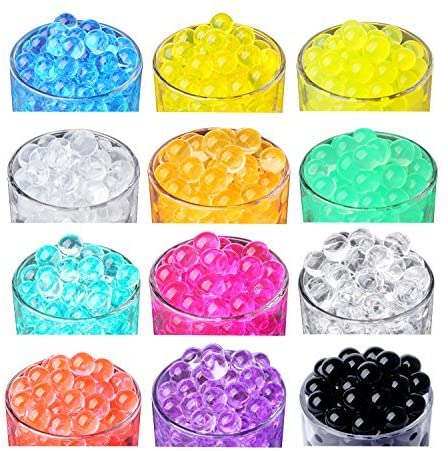
- Step 1:
Fill your glass jar ¾ full with water beads. We like to vary the colors to match the seasons. Black and orange look great together for Halloween. Green, yellow, and pink are ideal for spring, and of course, use red and green for Christmas!
- Step 2:
Fill the jar with filtered water until the top layer is at the top of the water beads.
- Step 3:
Place two paper towels or one coffee filter on the water beads. You can cut them to fit the size of your jar.
- Step 4:
On the top of the paper towel or coffee filter, sprinkle a thin layer of the cat grass seeds.
- Step 5:
Every day, top up the level of the water.
- Step 6:
You should notice the seeds beginning to sprout after 3–5 days. The cat grass should be ready for your cat to eat around day 10. You can allow the water level to drop a little now since the roots should be established. Ensure that the water still touches the roots.
- Step 7:
Refresh the water once a week, plant a new jar, and start the cycle again when your cat starts to eat all the grass.
Featured Image Credit: Tammy27, Shutterstock
